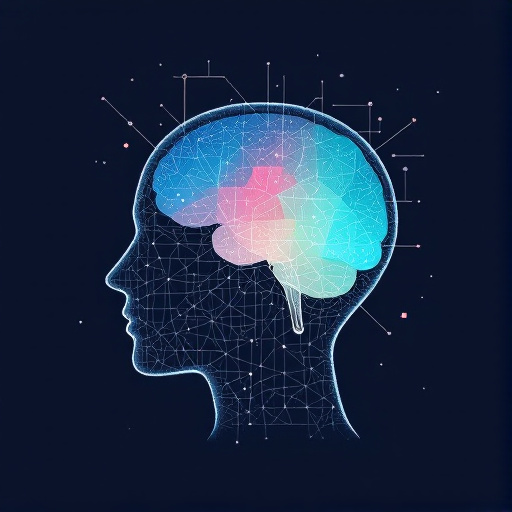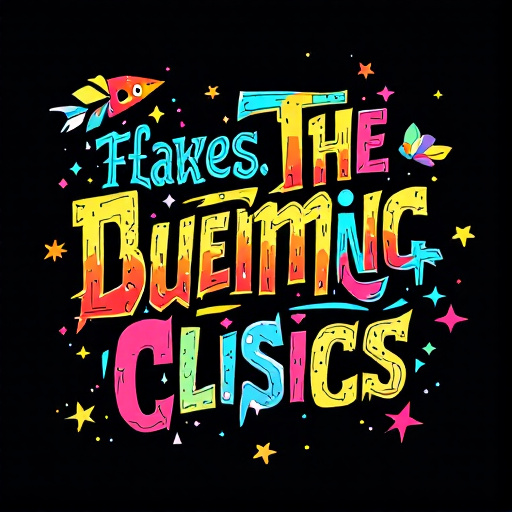Featured Articles
- 9 Essential Psychological Triggers Every Web Designer Must Harness for Maximum User Engagement
- "Beyond Aesthetics: How Neurodesign is Shaping the Future of Web Usability"
- Beyond Aesthetics: The Surprising Role of Color Psychology in Web Design Fundamentals
- Design Disruption: How AI-Driven Aesthetics Are Shaping the Future of Web Design Basics
- Designing for the Unseen: How Invisible Elements Transform User Experience in Web Design Basics
Beyond Aesthetics: The Surprising Role of Color Psychology in Web Design Fundamentals
Beyond Aesthetics: The Surprising Role of Color Psychology in Web Design Fundamentals
Color isn't just a visual treat; it's a potent psychological tool that can profoundly impact user behavior in web design. This article explores the surprising role of color psychology, diving into its principles, practical applications, and the real-world consequences it has on user engagement and brand identity.
Understanding Color Psychology
Color psychology is the study of how colors affect human behavior, emotions, and perceptions. Research shows that around 90% of snap judgments about products can be made based on color alone (Source: 2nd Story, 2018). Each color evokes a different feeling or association, which is crucial in the context of web design, where user experience is paramount.
The Power of Colors in Branding
Let’s take a moment to explore how major brands leverage color psychology to establish identity:
- Blue: Trust and security (think Facebook and PayPal)
- Red: Energy and passion (think Coca-Cola and Netflix)
- Green: Growth and health (think Starbucks and Whole Foods)
- Yellow: Optimism and cheerfulness (think McDonald's and IKEA)
According to a study by the Institute for Color Research, color can increase brand recognition by up to 80%. Clearly, color choice can be the difference between a visitor clicking ‘buy now’ or just continuing to scroll.
Color Choices That Convert
Using an effective color scheme can significantly influence conversion rates. For example, a/B testing conducted by HubSpot found that changing the color of a call-to-action button from green to red resulted in a 21% increase in clicks. Such statistics underscore the importance of strategically choosing colors that align with your desired outcomes.
Your Color Palette: Less is More
When developing a color palette for your website, more isn’t necessarily better. A clean, cohesive three-color scheme is often more effective than a plethora of colors that can confuse your visitors. For example, a well-known tech company primarily uses shades of teal, white, and gray in its UI, creating a modern and sleek appearance that is easy on the eyes.
Case Study: AirBnB
Airbnb's site uses a mellow color palette that combines soft pinks and whites, evoking feelings of warmth and hospitality. This choice mirrors their brand's mission of connecting travelers with welcoming hosts, showing that thoughtful color selection aligns perfectly with business goals.
The Emotional Impact of Color
As a graphic designer at the tender age of 30, I once designed a website for a local bakery. Opting for pastel colors instead of bold ones helped convey a sense of coziness. The feedback was overwhelmingly positive—people felt a stronger connection to the brand based primarily on color choices.
Color Accessibility: A Necessary Consideration
When incorporating color into web design, accessibility should never be overlooked. Approximately 1 in 12 men and 1 in 200 women are affected by color vision deficiency, meaning that colors must contrast adequately and not merely rely on color to convey information. Accessible design means more traffic and more happy customers, too!
Color Contrast and its Role
When you think about it, web design is similar to conducting an orchestra. It’s not just about how each color plays its role individually; it’s the harmony between them. Tools like the WebAIM Color Contrast Checker help ensure that your color combinations meet accessibility guidelines, letting you avoid the “I can’t read this” complaints.
Serious Business: Color and Insightful Analyses
In 2019, a survey revealed that almost 60% of respondents claimed they would not return to a site if it was hard to read due to poor color contrast. Isn’t it ironic how a small choice can have such huge ramifications for user experience? It emphasizes that color psychology is about creating a comfortable space for your users.
Testing, Adapting, and Learning
The exciting part about web design is the constant evolution. As you implement color choices, employ A/B testing to refine your touch and learn what works best for your unique audience. Using tools like Google Analytics, webmasters can gain vital insights into how their color schemes are impacting user behavior.
The Role of Cultural Differences
User perception of color can vary significantly across cultures. For instance, white often symbolizes purity in Western cultures while indicating mourning in some Eastern cultures. The implications for international web designs are profound. A website aimed at a global audience must consider these cultural dimensions to avoid misinterpretation.
Small Businesses and Color Choices
For small businesses, the stakes are even higher. Competitors can easily dominate when a web page looks dated or unappealing. A colorful, inviting site can dramatically improve initial impressions. Several small businesses have reported significant growth in customer engagement after updating their color palettes to be more harmonious with their branding.
Humorous Note: The Color Catastrophe
Once, a web designer friend of mine decided to use neon colors throughout for a pizza delivery website, claiming that “everything looks better in neon.” The site crash-landed into pure chaos! Customers thought they were visiting a rave instead of a place to order pizza. Lesson learned: colors matter!
Summing It Up: Your Color Palette as a Reflection
Ultimately, your color palette should reflect your brand's core values and resonate emotionally with your target audience. Whether you are a young entrepreneur at 20 or a seasoned designer in your 60s, the time spent understanding the nuances of color psychology can transform your web design from mediocre to memorable.
Final Thoughts
Good web design should never be an afterthought; it should serve a purpose, engaging users and enticing them to act. By delving deep into color psychology, you're not just investing in aesthetics, but in the fundamental user experience that shapes interactions with your brand. As we’ve seen through examples, case studies, and statistics, color can be the silent persuader on your website, leading to increased conversions and improved brand perception.
In conclusion, don’t just choose colors because they “look nice.” Choose them because they make sense for your audience, create a welcoming environment, and drive the desired actions you want your visitors to take. Taking the time to understand the intricacies of color psychology in your web design can yield phenomenal results, making it a worthwhile journey. So, ready to revamp your color palette?




